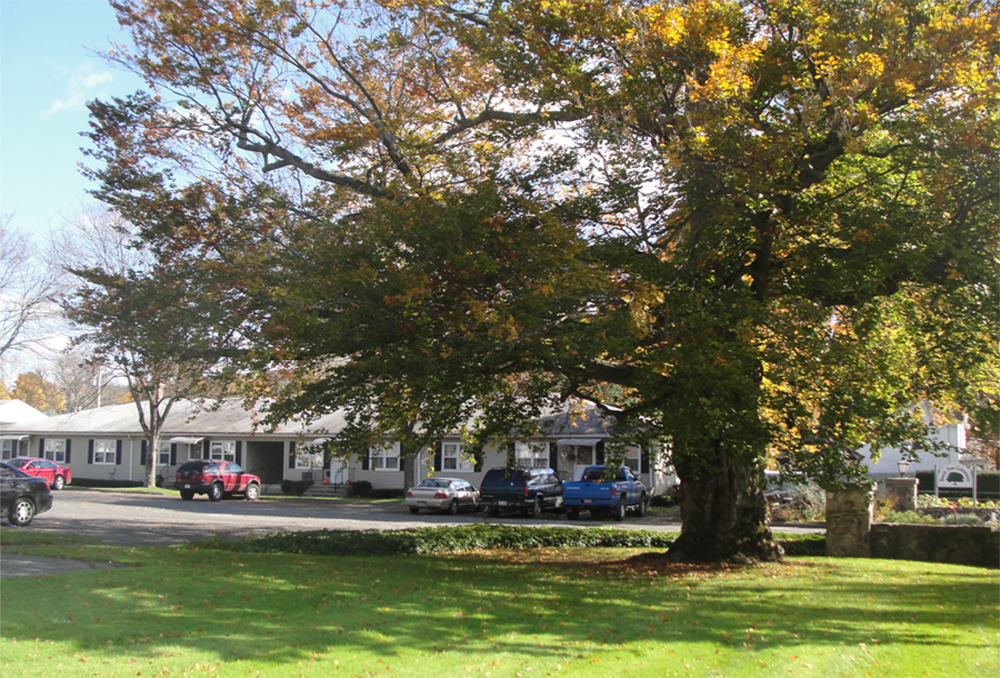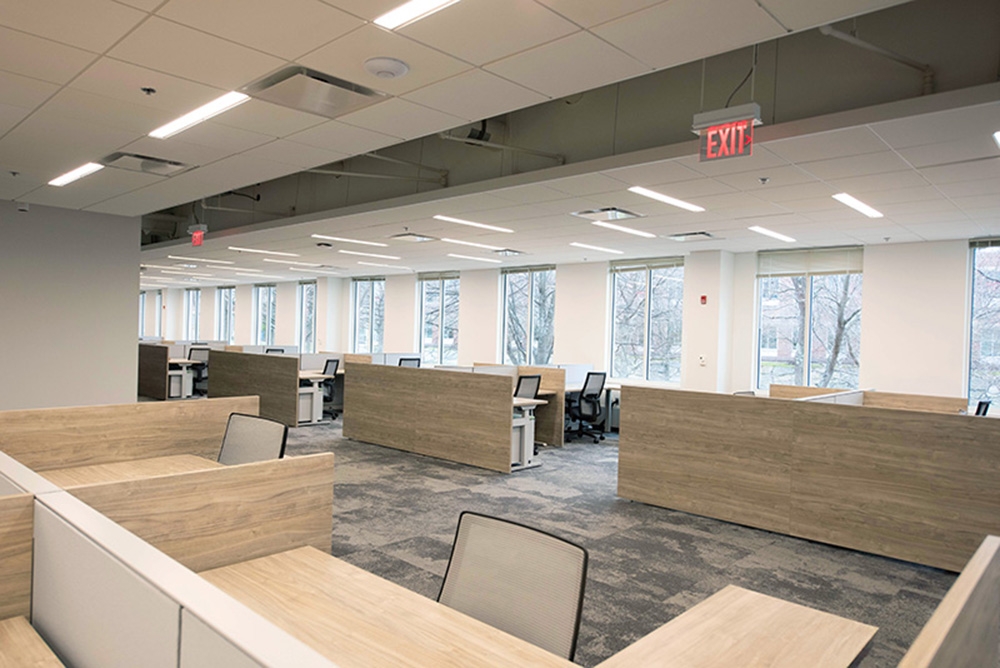News: Appraisal & Consulting
Posted: February 12, 2015
Hot new neighborhoods: it takes longer than you think
Lounging around on these snowy winter weekends, I've been catching up on reading about what's going on in other real estate markets. One recent excellent article was in the New York Times about the growth in both rental and owner housing in New York. It started with a few statistics about what happened in 2014: home prices, rents and new construction increased, with 16,700 units approved for construction through the year. It also said that most of the units were expensive, did not meet "middle" income housing needs, as the cost of land and construction put the property out of range. Their conclusion was that new growth, at middle class affordability level, would have to occur in places that nobody ever previously considered: think Bedford-Stuyvesant, Bushwick, Clinton Hill, Grand Concourse in the Bronx and Elmhurst in Queens...Hot new neighborhoods.
I drew immediate parallels with the Boston area, with one major exception, and that is, population size. New York is dealing with 8.4 million people, up by 230,000 people since 2010. Boston at 670,000 had its first growth spurt in years of 55,000 new residents over two years. Nonetheless, Boston is slated for about 8,000 new units, approximately half of New York's projection.
The amount of "new" Boston area neighborhoods recently discovered or at least catching sideways glances is noteworthy. Seaport District is on fire; South Boston has new life breathed into it; East Boston has projects under construction that only a year ago could not be underwritten; industrial areas in East Cambridge such as North Point are moving ahead; North Cambridge industrial areas are becoming residential neighborhoods overnight; and Watertown is the poster child for crazy growth. And so on.
The buzz and excitement in the news would suggest that these would be up, successful, settled and stabilized, all within a year or two. That could mean that, either a lot of units will be very quickly on the market, creating oversupply, or they will be absorbed as commonly projected. Depending upon the final amount of units, costs, new population and employment potential in the area, it's anybody's guess. One thing I do know from historical perspective is that change in such areas takes more time than current rhetoric would suggest. And, this is probably a good thing, since the actual pace of construction may be self-regulated by savvy developers or bankers phasing projects to keep pace with actual demand.
History validates that the "rehabilitated" neighborhoods of the past, now settled and stabilized, took longer than expected as well. One poignant example is Kendall Sq., an area in extremely high demand and now known around the world. However, few remember and many real estate professionals are too young to know, that this surge started in the 1970s, over 40 years ago. Further, while it looks like Kendall Sq. never had a problem, one of my real estate partners knows all too well that it has gone through at least two cycles of boom and bust since its beginning. He owned several buildings early on, and rode out the good and bad.
Another example is the South End, where another business colleague was busily accumulating small apartment buildings in the area's early days, 30 years ago. He refurbished them one at a time while making modest improvements and modest incomes, knowing it would be a long haul. Now, the area is one of the hottest in Boston. Yet another partner was living in a building he rehabbed in Charlestown in the mid-80s, trying to raise a young family. After several trying episodes, he pulled up and moved to the North End. That now safe and highly desired area was also much different some thirty years ago, but further along the rehab curve than Charlestown. Each area has its own different pace.
Other examples abound including Somerville, parts of Cambridge, South Boston, and so on. Change, whether perceived to be good or bad, took more time than people thought. So will change be slower than you think in today's new hot areas. Cultural changes, pioneer residents, new mixes of population, all work only if acceptable over a reasonable time frame. My view is assume at least 10, maybe 20-30 years, depending on the area. Despite the news, things will be slower, with several ups and downs, with people moving in, then leaving, then moving back. And this is a good thing.
Daniel Calano, CRE, is the managing partner and principal of Prospectus, LLC, Cambridge, Mass.
Tags:
Appraisal & Consulting
MORE FROM Appraisal & Consulting
Boyle of Chozick Realty negotiates $7.95m sale of 66-unit property
Barrington, MA Tom Boyle of the Hartford, CT office of Chozick Realty has completed the marketing and sale of the 66-unit Beechtree Commons Apartments for $7.95 million or $120,454 per unit.






.png)
